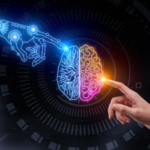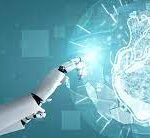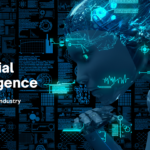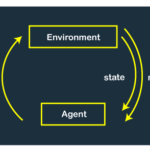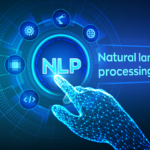Five Emerging Trends in Technology Support Services
/ /
In the fast-paced world of technology, support services play a pivotal role in ensuring smooth operations and seamless user experiences. As businesses and consumers become increasingly reliant on digital solutions, technology support services must evolve to meet new challenges and demands. In this blog post, we will explore five emerging trends that are shaping the landscape of technology support services, offering insights into how businesses can stay ahead and deliver exceptional support to their customers.
- AI-Powered Support: Enhancing Efficiency and Personalization Artificial Intelligence (AI) is revolutionizing the way support services operate. AI-powered chatbots and virtual assistants offer 24/7 assistance, resolving common queries and guiding users through troubleshooting processes. Machine learning algorithms allow these AI systems to become more intelligent over time, delivering personalized responses and predicting user needs. By embracing AI-powered support, businesses can enhance efficiency, reduce response times, and deliver personalized experiences to their customers.
- Remote and Augmented Reality Support: Breaking Barriers As technology continues to advance, so do the support options. Remote support tools and augmented reality (AR) applications enable support agents to troubleshoot issues from a distance, eliminating the need for physical visits. AR-powered support allows agents to guide users through complex tasks by overlaying digital instructions onto the real world. This trend is breaking geographical barriers, providing rapid and efficient support to users anywhere in the world.
- Proactive Support with Predictive Analytics Predictive analytics is reshaping how technology support services operate. By analyzing historical data, user behavior, and device performance, support teams can identify potential issues before they occur and provide proactive solutions. Predictive analytics also enables businesses to optimize maintenance schedules, reduce downtime, and anticipate customer needs, leading to higher customer satisfaction and loyalty.
- Multi-Channel Support Integration Today’s tech-savvy consumers expect seamless support across various channels, including email, phone, live chat, social media, and self-service portals. The integration of these channels into a unified platform allows support agents to access customer data and interactions from a single interface. Businesses can offer consistent and personalized support experiences, regardless of the channel customers choose to reach out.
- Cybersecurity and Data Privacy Support With the rise in cybersecurity threats and data breaches, support services must prioritize security and data privacy. Support teams equipped with cybersecurity expertise can guide customers through best practices, educate them about potential risks, and assist with security-related concerns. Offering robust cybersecurity support builds trust and reassures customers that their sensitive data is in safe hands.
Posted in Blogs







